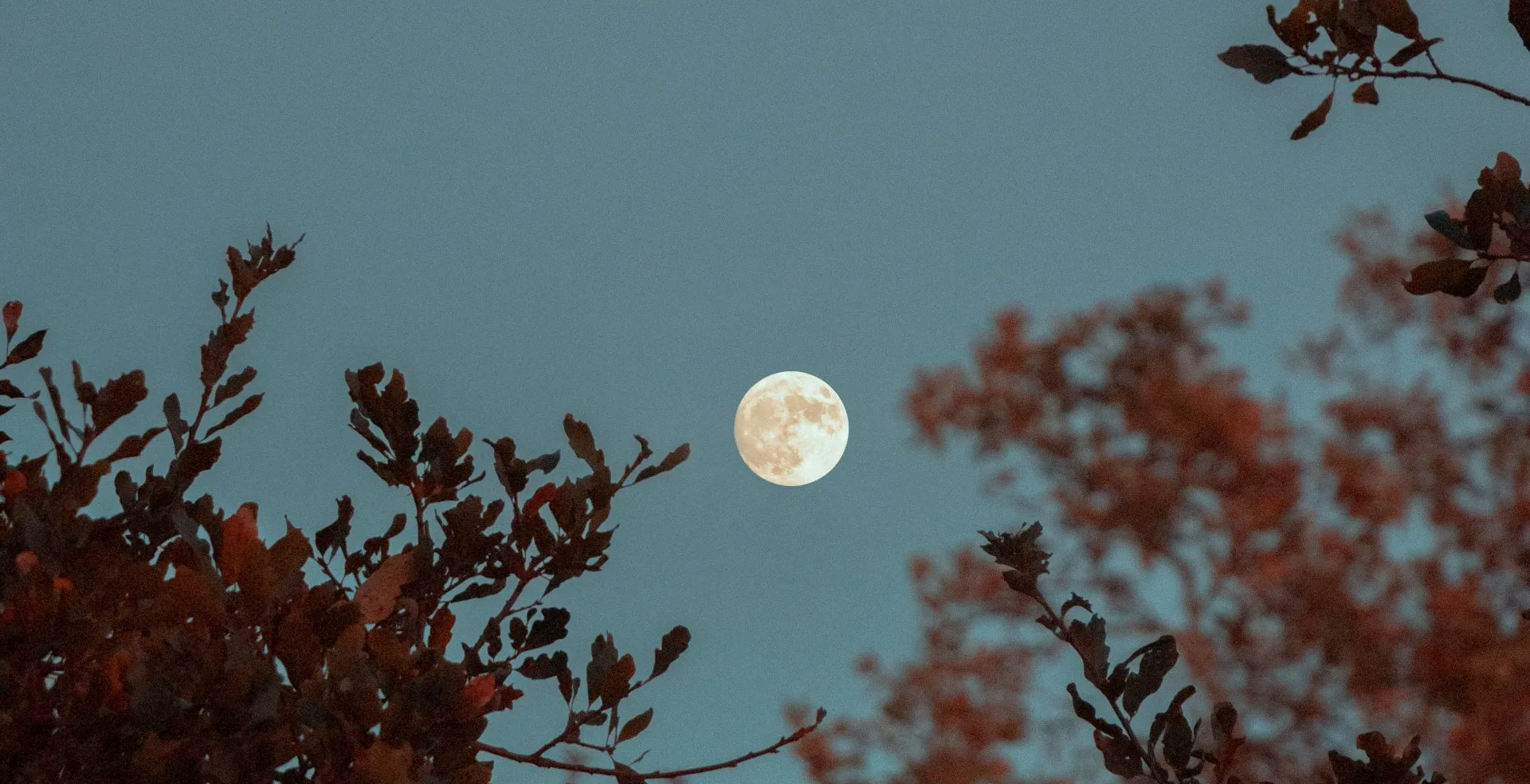The Benefits of Acupuncture and Herbal Treatment for Menstruation
Menstruation is my wheelhouse. I had a few different teachers at Chinese medicine school who specialized in fertility and menstruation, and I used to hang on to their every word and sign up for every shift with them. Something about the smell of mugwort just made me feel like I wanted to get cozy and ok with bleeding every month.
Luckily acupuncture and menstruation have been buddies for a long time throughout history-pre history even. So it makes sense that there is a ton of research backing up the efficacy of acupuncture on all difficult things womb related; painful menstruation (dysmenorrhea), Premenstrual syndrome (the giant umbrella that covers everything annoying that happens before menses), and even premenstrual dysphoric disorder (much more severe mood changes akin to anxiety and depression prior to menses) to name a few.
This long history of acupuncture in the treatment of these conditions means that I have firm ground to stand on and many tools to choose from when it comes to helping my womb-bearing kin in these modern times. I love that. This has been a focus for me since I stepped into my first class at Oregon College of Oriental Medicine. Before that, even, but I will get into that in the next blog post. For now, what matters is that difficulties associated with menstruation can and do get so much better when we give our wombs a little time and attention.
I always ask that folks with menstruation-related issues commit to three months of treatment for starting out with treatment. Anything can happen during that time, so of course, it may not play out perfectly, but when we think in terms of three months, we are getting realistic about the healing request we are making of our bodies. Suppose you have had menstruation-related difficulties since your first menstruation (menarche). In that case, it stands to reason it will take a little time to rewire the patterns of pain, stagnation, and dysregulation that can so often accompany this biological process. During the three months, weekly acupuncture is ideal. Still, because the menstruation cycle is so functionally split into two phases (follicular and luteal), I can easily make twice-monthly treatments work. That means that one treatment will be during the follicular phase and aimed toward generation and growth. The other will be during the luteal phase and aimed at moving blood, opening channels, and dissolving stagnation. With more severe conditions, such as debilitating pain with menstruation, it is highly preferable to have two treatments during each of these phases; therefore, the once-weekly frequency is preferred.
Herbal treatment is another highly effective option for menstruation and can easily be implemented along with acupuncture. The diagnostic tools I use to determine which acupuncture points to use for you will also guide me in choosing the best herbal formula for you. I ask a few extra questions in order to determine how well you will be able to digest the herbs and what I can add to make them more digestible. Beyond the cost of the herbs, there is no additional charge for the herbal consultation along with acupuncture. The simplicity and utility of Chinese medicine in the treatment of menstruation-related concerns can be demonstrated by the herbal formula Si Wu Tang, often translated as four substances or four pillars decoction. The herbs are dang Gui (Angelica Sinensis), Shao Yao (peony), Chuanxiong (Cnidium), and di Huang (Rehmannia). Menstruation is all about blood, and this formula is all about nourishing and moving the blood. There are many variations on this formula, but this is a simple and elegant example that demonstrates the way Chinese Medicine views menstruation.

